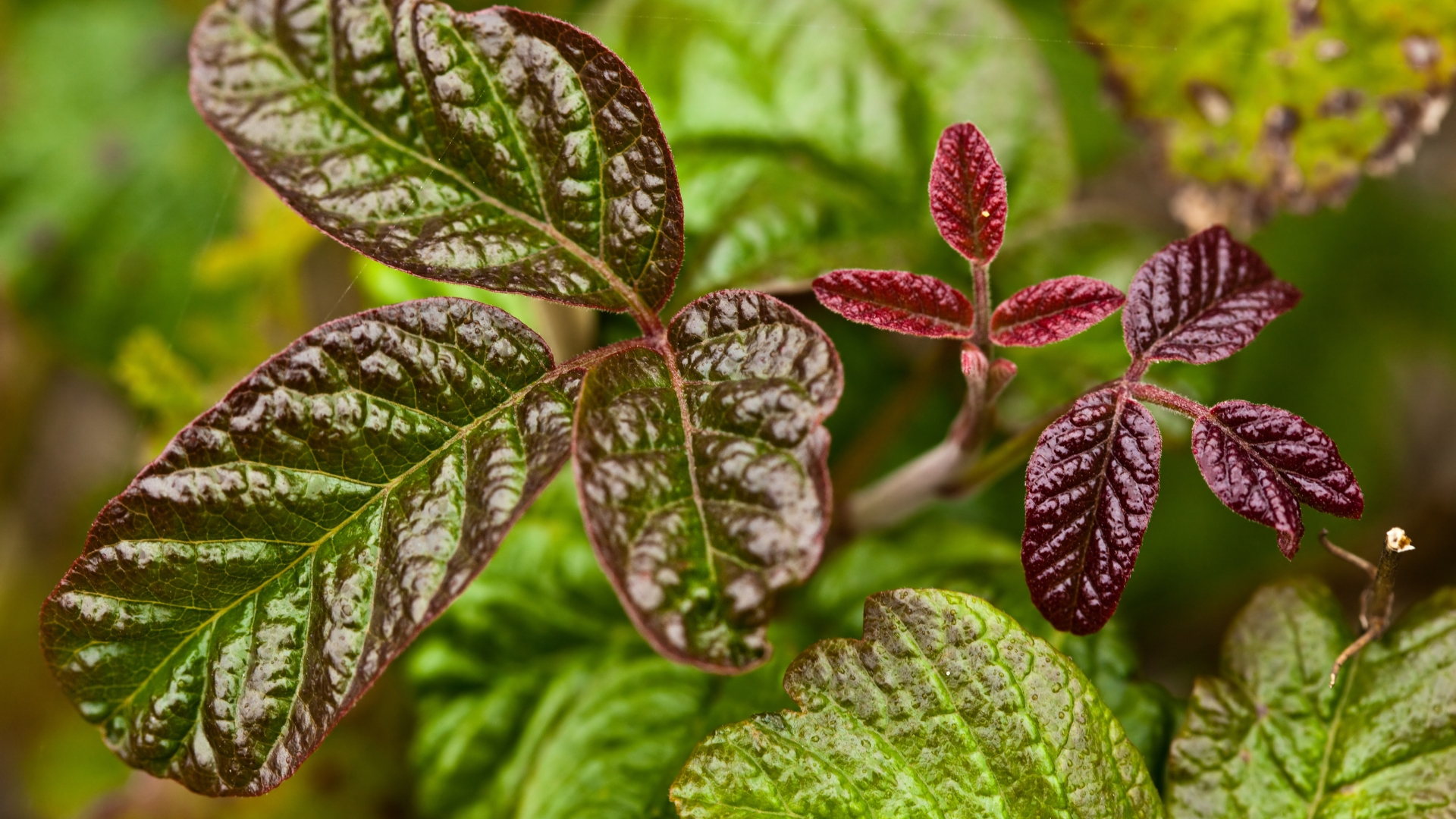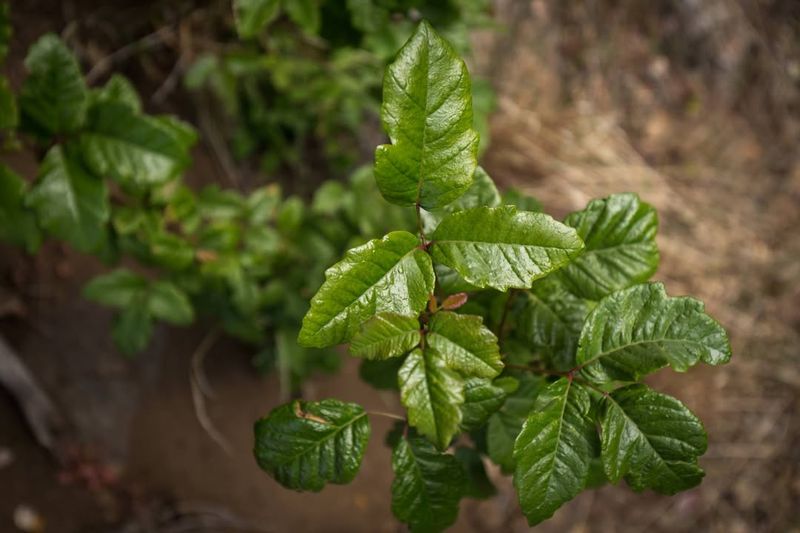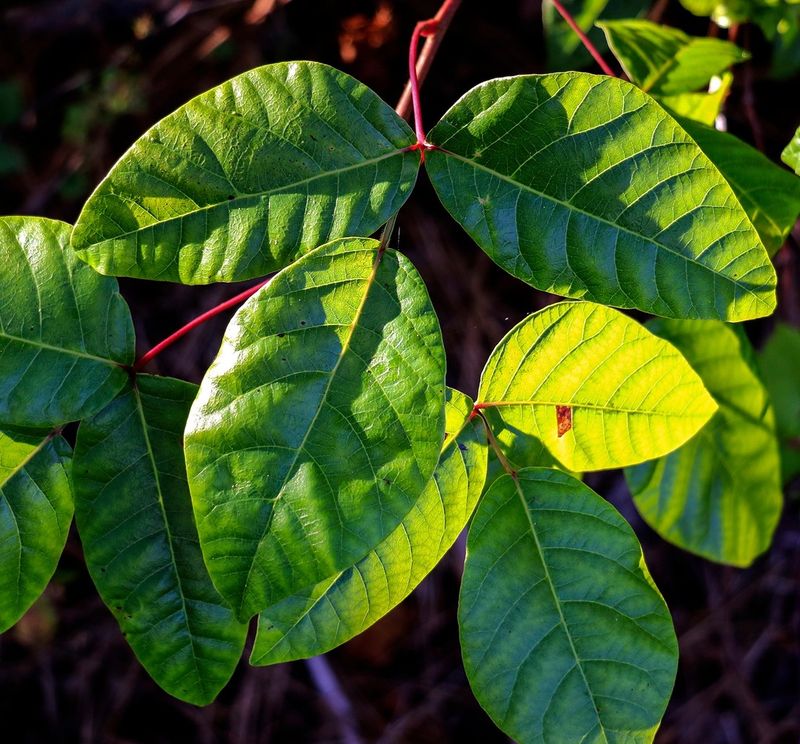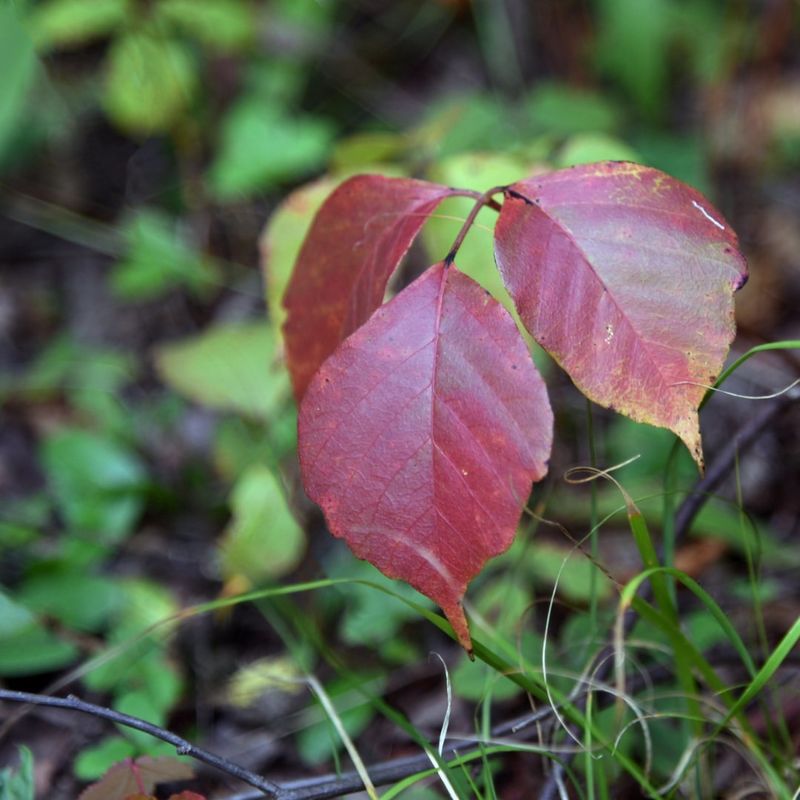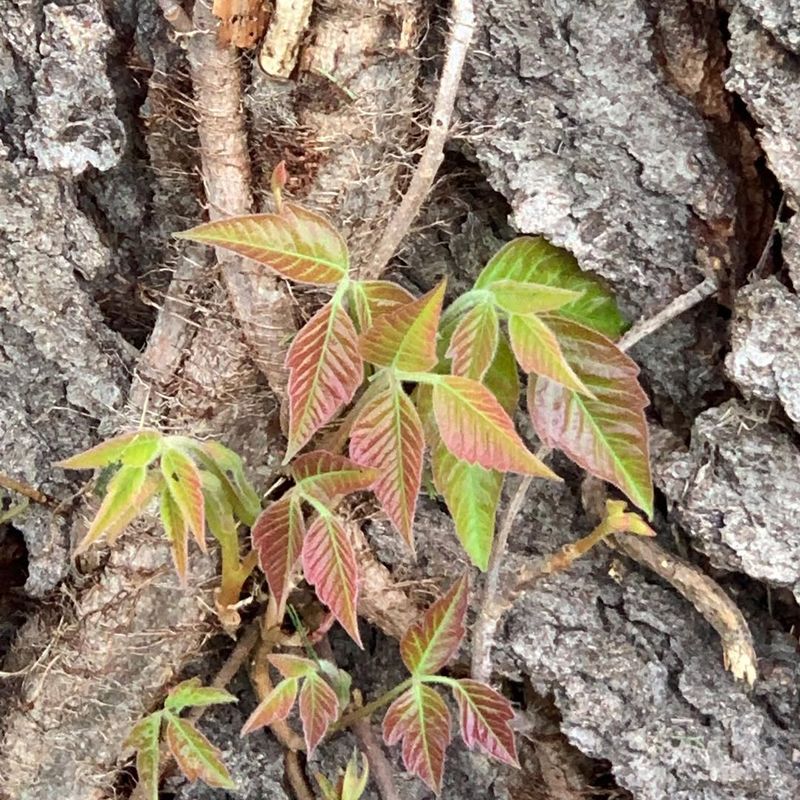Navigating your garden’s wild side and spotting poison oak and poison ivy can mean the difference between a peaceful day outdoors and an itchy nightmare. These lookalike plants have fooled many gardeners, but knowing what sets them apart can save you from an unpleasant surprise.
Whether you’ve spent years tending to your garden or are just starting to explore the world of plants, understanding their key traits helps you stay safe. Here’s what you need to know to keep your garden—and your skin—free from trouble.
1. Understanding The Key Differences
In the leafy universe, certain plants love to play tricks, and these two are no exception. Poison oak and poison ivy both cause skin irritation, but their appearance and habitats differ.
A common misconception is that they look identical, yet poison oak often grows as a shrub, while poison ivy prefers a vine or ground cover. Poison ivy has smooth-edged leaves, in contrast to the textured edges of poison oak.
Each plant’s skin effect is due to urushiol oil, which is notorious for causing rashes. Misidentifying these plants can lead to unpleasant surprises, so learning their unique traits is crucial.
2. Identifying Leaf Shape And Growth Patterns
The leaves of these plants can be as tricky as a riddle. Poison ivy typically grows leaves in groups of three with smooth edges, while poison oak also prefers triads but with lobed, hairy textures.
Their growth habits are sneaky, too; poison ivy can wrap itself around trees as a vine or spread as ground cover, whereas poison oak usually sticks to being a bushy shrub.
This leafy trio game can perplex many, but paying attention to the leaf shapes and textures can offer important clues. Understanding these patterns is your secret weapon in outsmarting these plants.
3. Seasonal Changes In Appearance
As the seasons change, these plants love to show off their wardrobe. In spring, fresh leaves emerge, often red-tinged, turning lush green in summer. Flowers may appear, adding to their deceptive beauty.
By fall, the leaves of both plants transform into a fiery display of reds, yellows, and oranges, making them look more inviting than they are. Winter strips them bare, but don’t be fooled; their bare branches can still cause skin woes. Recognizing these transformations helps in avoiding contact throughout the year.
4. Where They Typically Grow
In the great outdoors, these plants have favorite hangouts. Poison ivy is a fan of shady, moist environments, often found along forest trails and garden edges. Poison oak, on the other hand, prefers sunnier spots with dry soil.
You’ll likely encounter these plants in regions that have temperate climates, especially in North America. Their ability to adapt to various conditions makes them sly, persistent guests in many landscapes. Knowing where they thrive can help you avoid unwanted interactions during your nature walks.
5. How To Safely Handle And Remove Them
When it comes to dealing with these plants, safety is no laughing matter. Always wear long sleeves, gloves, and protective eyewear when attempting removal.
Use tools to uproot the plants, ensuring the entire root is removed to prevent regrowth. Dispose of them in sealed plastic bags; never burn them, as the smoke can carry harmful oils.
After handling, wash your clothes and tools thoroughly to remove any lingering oils. Taking these precautions can save you from a rash encounter.

